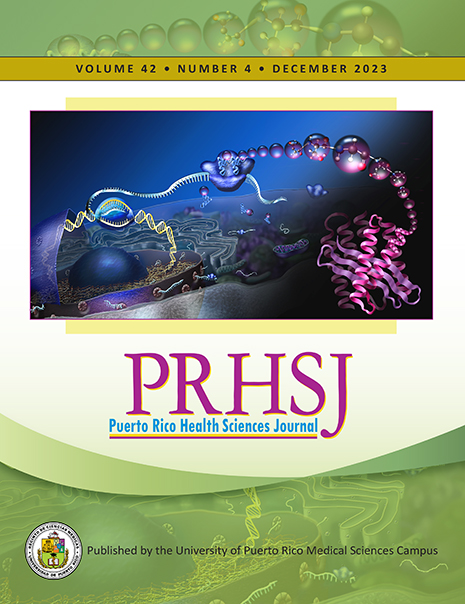Abstract
Objectives: Breast cancer is a mortal disease that causes many deaths, especially in women. Improved therapies could contribute positively to survival rates. Metabolomics is an important tool for monitoring the alterations of several metabolites in clinical cases. This study aimed to develop a metabolomics model to observe (via mass spectroscopy) metabolic alterations in patients who suffered from breast cancer (BC), both before and after their recovery. Materials and Methods: Grades 1 and 2 invasive ductal carcinoma patients were evaluated based on their positron emission tomography/computed tomography results. Fourteen patients who had fully recovered from BC were subjected to metabolomics analysis. Plasma samples were extracted and analyzed via quadrupole time-of-flight mass tandem spectroscopy. A chemometrics analysis was performed in order to determine the statistically significant metabolites. All the metabolites were annotated via the mummichog algorithm. Results and Discussion: According to the data analysis, glucose, ornithine, phenyalanine, some vitamins, and metabolites in the fatty acid metabolism were statistically altered after recovery of each patient. Conclusion: Untargeted metabolomics studies can be used to understand the etiopathogenesis of breast cancer, finding new biomarkers and alterations of metabolic pathways. After the tumor burden was removed, homeostasis was restored and the concentration of several metabolites began to normalize. This study elucidated the effects of breast cancer at the molecular level.
Authors who publish with this journal agree to the following terms:
a. Authors retain copyright and grant the journal right of first publication with the work simultaneously licensed under a Creative Commons Attribution License that allows others to share the work with an acknowledgement of the work's authorship and initial publication in this journal.
b. Authors are able to enter into separate, additional contractual arrangements for the non-exclusive distribution of the journal's published version of the work (e.g., post it to an institutional repository or publish it in a book), with an acknowledgement of its initial publication in this journal.
c. Authors are permitted and encouraged to post their work online (e.g., in institutional repositories or on their website) prior to and during the submission process, as it can lead to productive exchanges, as well as earlier and greater citation of published work (See The Effect of Open Access).
